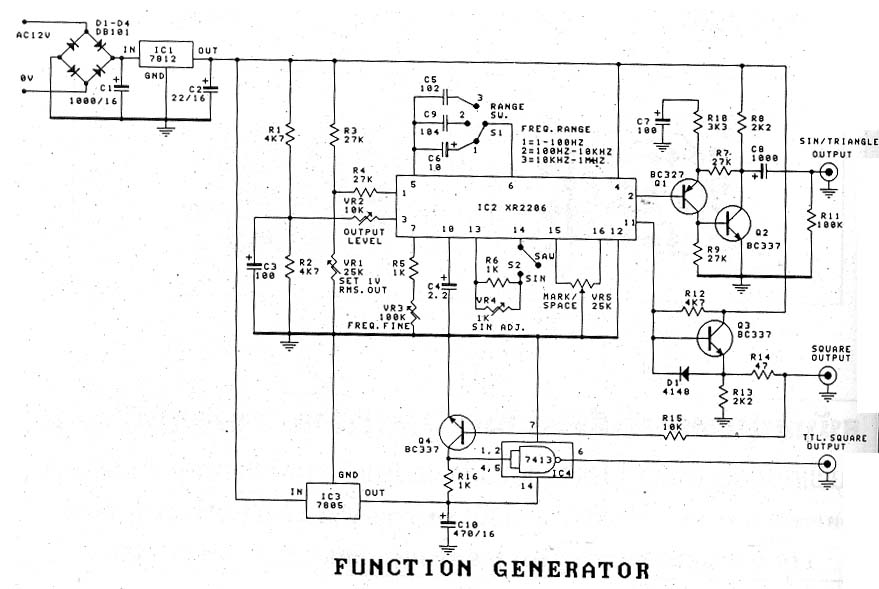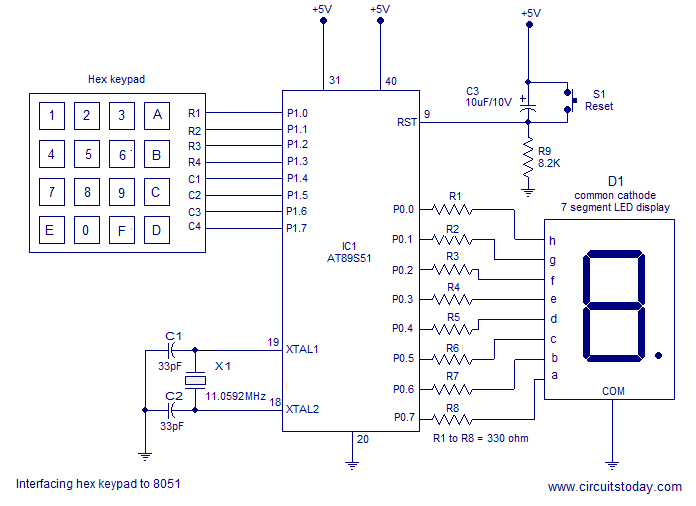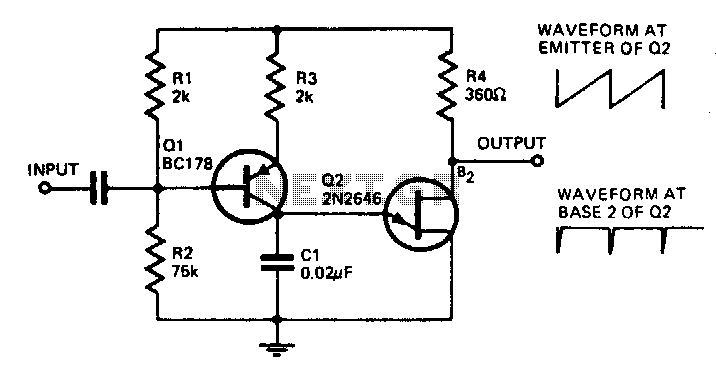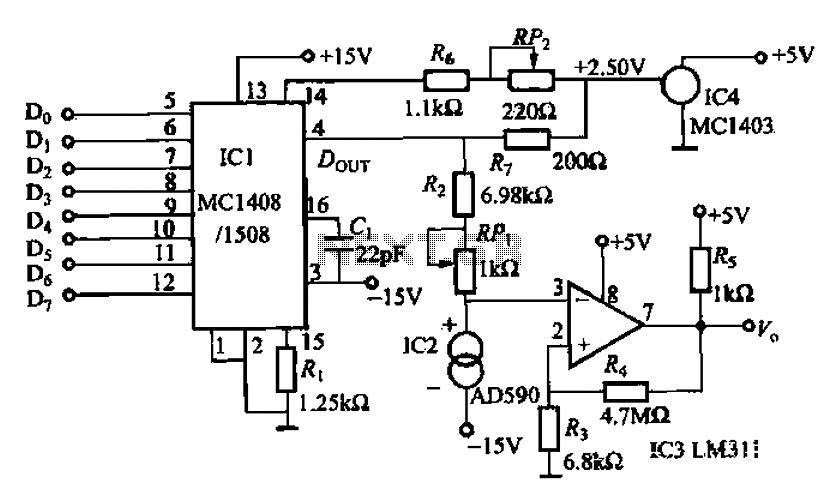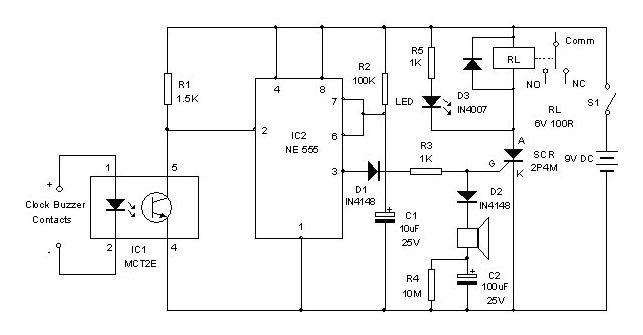
Temperature controlled fan using microcontroller
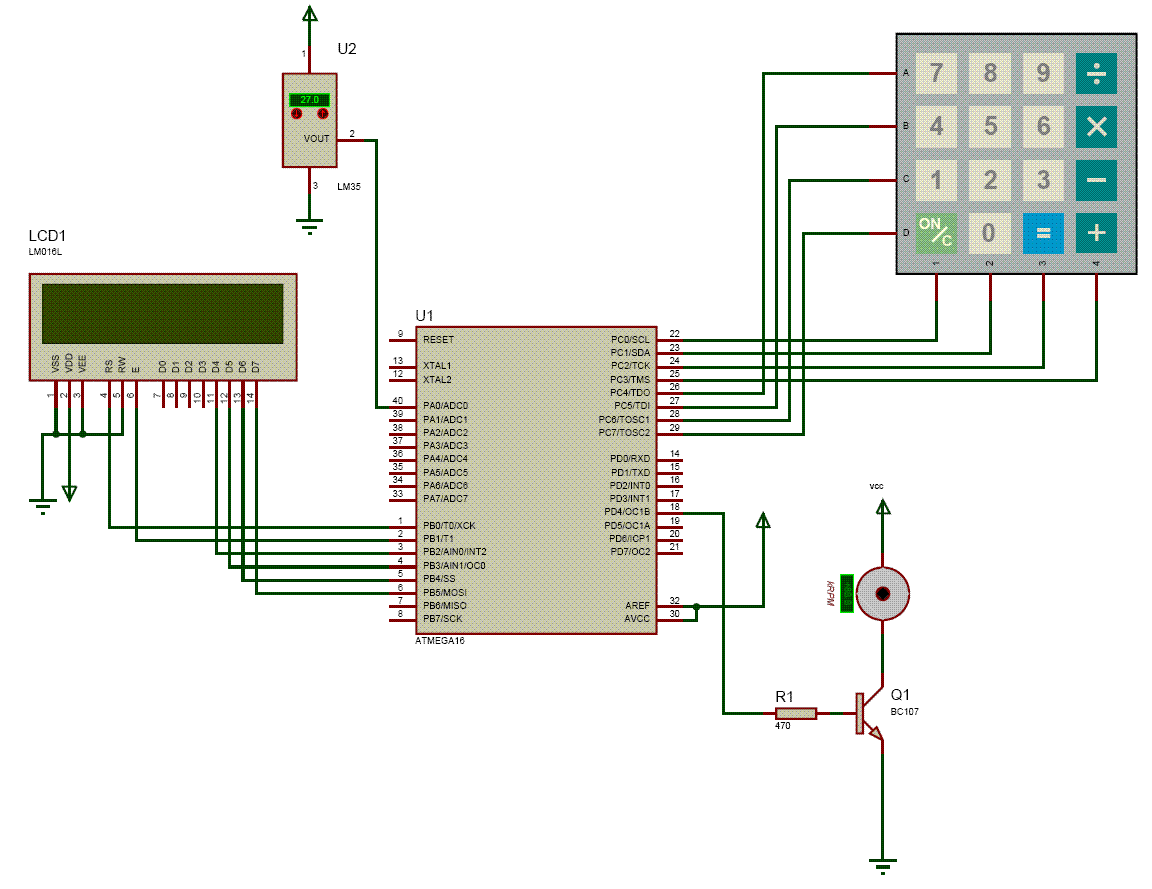
This project provides a simple temperature-controlled fan. If the difference between the actual temperature and the user-defined temperature is significant, the fan will operate.
The temperature-controlled fan circuit utilizes a temperature sensor, a microcontroller, and a fan motor to regulate airflow based on ambient temperature conditions. The primary components of the circuit include:
1. **Temperature Sensor**: A thermistor or a digital temperature sensor (such as the LM35 or DS18B20) is employed to measure the current ambient temperature. The sensor outputs a voltage or digital signal that corresponds to the temperature reading.
2. **Microcontroller**: A microcontroller, such as an Arduino or PIC, processes the temperature data from the sensor. It compares the measured temperature to a user-defined threshold value. If the difference exceeds a predetermined limit, the microcontroller activates the fan.
3. **Fan Motor**: A DC fan or an AC fan is controlled by the microcontroller using a relay or a transistor switch. The fan operates at varying speeds depending on the temperature difference. For example, a larger temperature difference may result in the fan running at full speed, while a smaller difference could cause it to run at a lower speed or remain off.
4. **User Interface**: A simple user interface, such as a potentiometer or buttons, allows the user to set the desired temperature threshold. An LCD display or LED indicators may be used to show the current temperature and the status of the fan.
5. **Power Supply**: The circuit requires an appropriate power supply to operate the microcontroller and the fan. This could be a battery or an AC adapter, depending on the fan type and the circuit design.
The schematic diagram would show the connections between the temperature sensor, microcontroller, fan motor, and user interface components. Proper consideration should be given to component ratings, power requirements, and safety features, such as fuses or thermal cutoffs, to ensure reliable operation of the temperature-controlled fan system.This project gives you a simple temperature controlled fan. If the difference between real temperature and the user temperature is high then the fan will run at. 🔗 External reference
The temperature-controlled fan circuit utilizes a temperature sensor, a microcontroller, and a fan motor to regulate airflow based on ambient temperature conditions. The primary components of the circuit include:
1. **Temperature Sensor**: A thermistor or a digital temperature sensor (such as the LM35 or DS18B20) is employed to measure the current ambient temperature. The sensor outputs a voltage or digital signal that corresponds to the temperature reading.
2. **Microcontroller**: A microcontroller, such as an Arduino or PIC, processes the temperature data from the sensor. It compares the measured temperature to a user-defined threshold value. If the difference exceeds a predetermined limit, the microcontroller activates the fan.
3. **Fan Motor**: A DC fan or an AC fan is controlled by the microcontroller using a relay or a transistor switch. The fan operates at varying speeds depending on the temperature difference. For example, a larger temperature difference may result in the fan running at full speed, while a smaller difference could cause it to run at a lower speed or remain off.
4. **User Interface**: A simple user interface, such as a potentiometer or buttons, allows the user to set the desired temperature threshold. An LCD display or LED indicators may be used to show the current temperature and the status of the fan.
5. **Power Supply**: The circuit requires an appropriate power supply to operate the microcontroller and the fan. This could be a battery or an AC adapter, depending on the fan type and the circuit design.
The schematic diagram would show the connections between the temperature sensor, microcontroller, fan motor, and user interface components. Proper consideration should be given to component ratings, power requirements, and safety features, such as fuses or thermal cutoffs, to ensure reliable operation of the temperature-controlled fan system.This project gives you a simple temperature controlled fan. If the difference between real temperature and the user temperature is high then the fan will run at. 🔗 External reference
